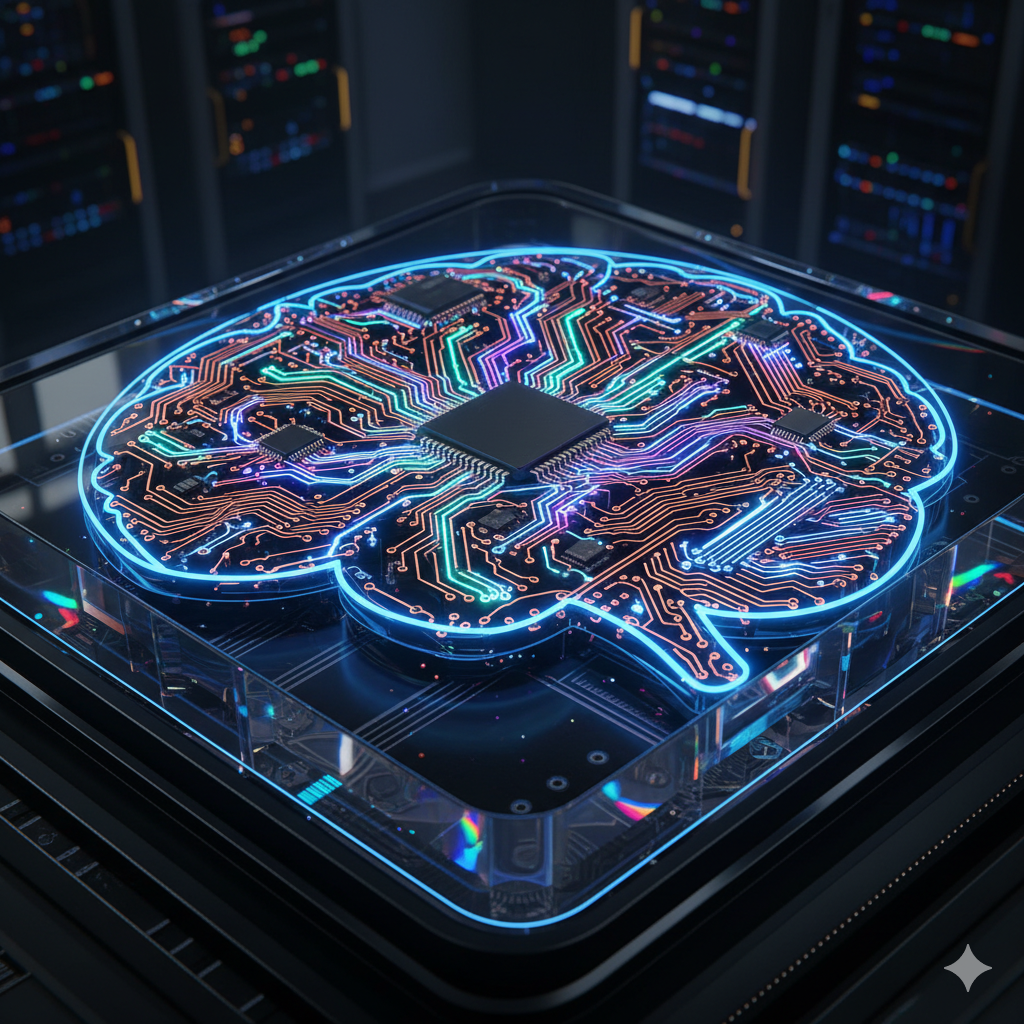Executive Summary
This report provides a due diligence analysis of GSI Technology, Inc. (NASDAQ: GSIT). The company is a legitimate public entity undertaking a high-risk, high-reward strategic transformation. This pivot is driven by its development of a novel “compute-in-memory” architecture. This technology aims to solve the fundamental “von Neumann bottleneck” that plagues traditional processors in AI and big data workloads.
- Corporate Legitimacy: GSI Technology is an established semiconductor company. It was founded in 1995 and has been publicly traded on NASDAQ since 2007.¹,²,³,⁴ The company fully complies with all SEC reporting requirements, regularly filing 10-K and 10-Q reports.⁵,⁶ It is not a fraudulent entity.
- Financial Condition: The company’s unprofitability is a deliberate choice. It is a direct result of its strategy to fund a massive research and development (R&D) effort for its new Associative Processing Unit (APU). This funding comes from revenue generated by its legacy Static Random Access Memory (SRAM) business.⁷,⁸ This strategy has led to persistent net losses and a high cash burn rate. These factors required recent capital-raising measures, including a sale-leaseback of its headquarters.⁹,¹⁰
- Technological Viability: The Gemini APU’s “compute-in-memory” architecture is a legitimate and radical departure from conventional designs. It is engineered to solve the data movement bottleneck that limits performance in big data applications.¹¹,¹² Performance claims are substantiated by public benchmarks and independent academic reviews. These reviews highlight a significant advantage in performance-per-watt, especially in niche tasks like billion-scale similarity search.¹³,¹⁴ The query about “one-hot encoding” appears to be a misinterpretation. The APU’s core strength is its fundamental bit-level parallelism, not a dependency on any single data format.
- Military Contracts and Market Strategy: The company holds legitimate contracts with multiple U.S. military branches. These include the U.S. Army, the U.S. Air Force (AFWERX), and the Space Development Agency (SDA).¹⁵,¹⁶,¹⁷ While modest in value, these contracts provide crucial third-party validation. They also represent a strategic entry into the lucrative aerospace and defense market.
- Primary Investment Risks: The principal risk is one of market adoption. GSI Technology must achieve significant revenue from its APU products before its financial runway is exhausted. Success hinges on convincing the market to adopt its novel architecture over established incumbents. Failure could result in a significant loss of investment. Success, however, could yield substantial returns, defining GSIT as a classic high-risk, high-reward technology investment.

